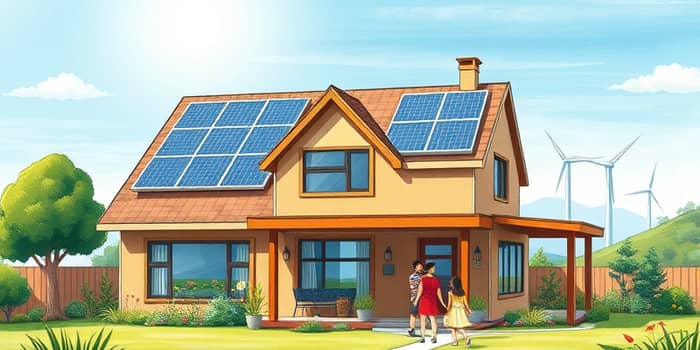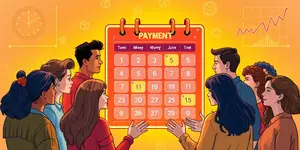
In an era where climate change and sustainability are at the forefront of public policy, homeowners and real estate investors are looking for ways to reduce their environmental footprint. By tapping into renewable energy loans, property owners can finance critical upgrades that not only protect the planet but also enhance their assets. This article explores the strategies, incentives, and practical steps you can take to unlock financing for an eco-friendly transformation.
From solar panel installations to energy-efficient doors and insulation, the path toward a greener property has never been more accessible. Understanding the financial tools available will empower you to take action today.
Rising environmental consciousness among consumers and investors drives demand for sustainable properties. Energy-efficient and green-certified buildings often command premium prices and attract discerning tenants seeking healthy, modern living spaces.
Investing in sustainability not only yields immediate benefits—like lower utility bills and improved living comfort—but also positions your property for future market shifts as regulations tighten and carbon footprints become increasingly important in real estate valuation.
Federal, state, and local programs have emerged to lower the cost of eco-friendly upgrades. Below is a summary of the primary incentives available to property owners in the United States.
Assessing which upgrades deliver the best return on investment is key to maximizing both financial and environmental outcomes. The following table outlines common upgrades, their incentives, and expected benefits:
Understanding the structure of renewable energy loans helps you choose the most suitable option for your project:
Loan terms vary by program, but many feature competitive interest rates, flexible repayment schedules, and high loan-to-value ratios that make them accessible to a wide range of homeowners.
Qualifying for renewable energy financing typically requires property ownership, a strong credit history, and the use of certified contractors. Applicants generally:
Complete an application through a participating lender or state portal, provide proof of ownership and credit verification, and submit detailed contractor quotes. Once approved, installations must be performed by qualified professionals who can certify that the equipment meets program standards, allowing you to claim your tax credits and rebates.
Return on Investment depends on upfront costs, incentives claimed, and projected energy savings. Modeling your cash flow can reveal payback periods as short as five to seven years for high-impact upgrades.
Resale Value Enhancement is optimized when you maintain thorough records of warranties, rebate applications, and contractor certifications. Presenting this documentation to prospective buyers can dramatically increase the attractiveness of your property.
Be vigilant about loan terms, fees, and potential rate adjustments. While many offerings provide transparent financing options, some long-term leases or PACE products can include hidden costs, so reading the fine print is essential.
The Inflation Reduction Act has extended key federal credits through 2032, creating a stable policy environment for sustainable investment. At the same time, oversight agencies are increasing regulation of PACE and other financing platforms to protect consumers and foster competitive loan programs.
Emphasis on supporting low- and middle-income households means that billions in rebates are reserved for those who stand to benefit most from reduced utility costs, making the timing ideal for pursuing eco-friendly upgrades.
Renewable energy loans, tax credits, and rebate programs have converged to create an unprecedented opportunity for property owners. By harnessing these tools, you can achieve significant energy savings, enhance your property's market value, and contribute to a healthier environment.
Take action today: consult with approved lenders, compare contractor bids, and start planning your eco-friendly upgrades. The planet and your wallet will both thank you.
References













